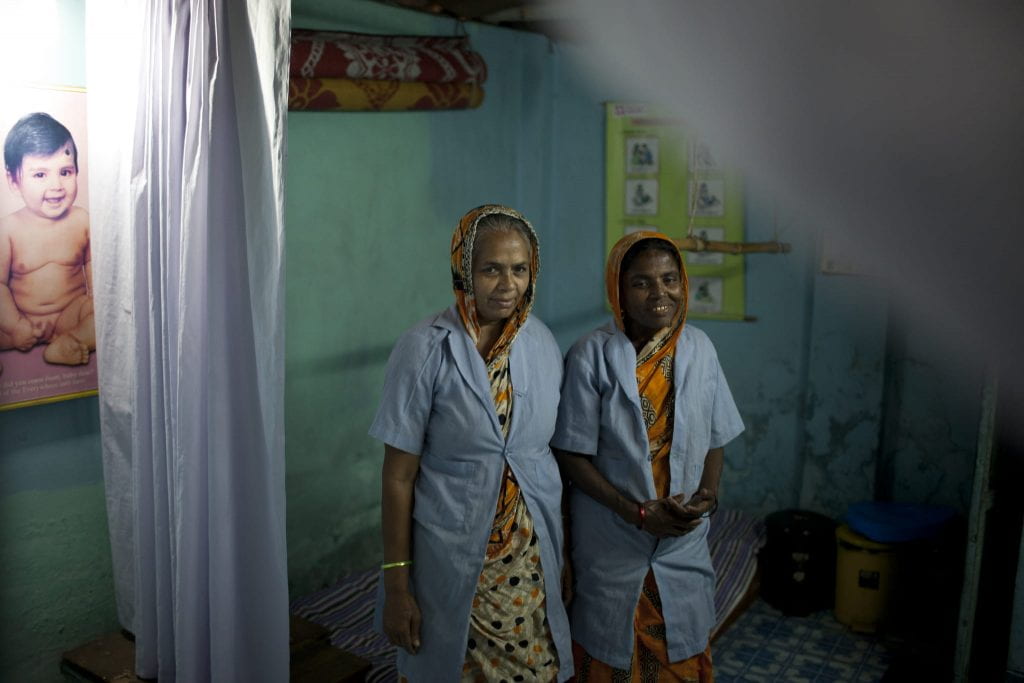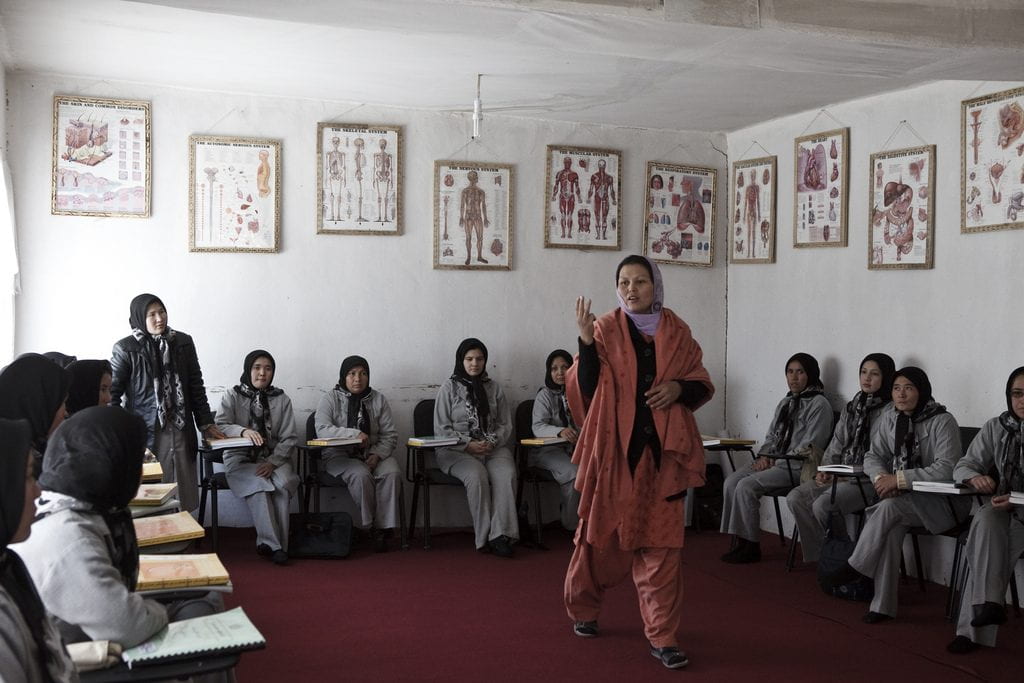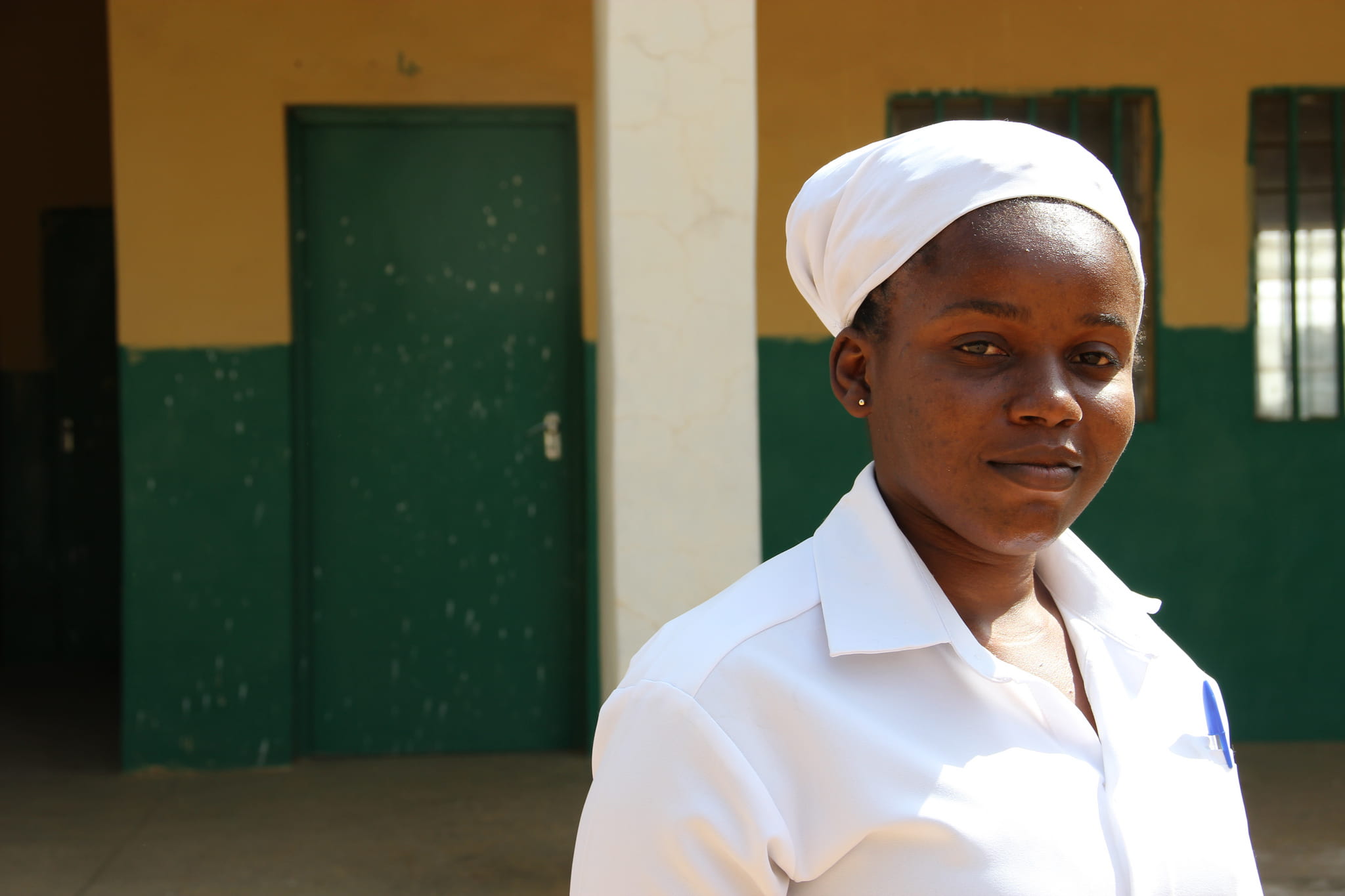Living in a city with some of the most well-ranked hospitals in the nation, we sometimes take our access to healthcare for granted. The wail of an ambulance is a frequent annoyance to UAB students, but it’s a noise that many people are grateful to hear – especially those who live in rural areas with limited access to healthcare.
Midwife Lorina Karway is one of those people. Karway is responsible for helping thousands of Liberian women give birth safely. She often uses the light of her cell phone, held in her mouth, to deliver babies in a facility without electricity (UN Women). It’s not an easy feat to accomplish, but courage, intuition, and years of experience guide Karway to success. Childbirth is a common, natural process that veteran midwives handle skillfully, but complications do happen. When they do happen, it can be incredibly dangerous. The nearest hospital is over sixty miles away, and emergencies without swift action can have fatal outcomes. Midwives have successfully operated for centuries without hospitals, but medical equipment and clean facilities with electricity are immensely helpful in high-risk situations.

Midwifery still has a reputation for being illegitimate or unsafe relative to hospital deliveries, but midwives aren’t just second-rate doctors for communities without hospital access. “Skilled, knowledgeable and compassionate care for childbearing women, newborn infants and families across the continuum from pre-pregnancy, pregnancy, birth, postpartum and the early weeks of life,” is how the World Health Organization defines the holistic practice. Part of the negative reputation is because midwives tend to practice in areas where adequate services and equipment are lacking, creating the dangerous situations that Karway faces. Communities without access to healthcare still require some sort of healthcare, and midwives across the world bravely fill that gap.

The danger is not created by practicing midwives, but rather from the community’s lack of access to adequate local healthcare services that extend beyond a midwife’s capacities. A solution to this gap in service would enable midwives to deliver better standards of care, and to ensure midwives can collaborate with hospital assistance when required. Additionally, there is evidence that midwife-assisted births result in better care than births guided by obstetricians (Walters et al). The study by Walter investigates variation within hospitalized care, but similar conclusions were found in regards to remote midwifery. Cost analyses of prenatal and postnatal care from seven different remote aboriginal communities found that “midwife group care (MGP) was likely to be cost effective, and women received better care resulting in equivalent birth outcomes compared with the baseline maternity care” (Gao et al).
Policy solutions have not been aimed at uplifting midwives, but rather to create barriers and even criminalize. Midwifery was essentially outlawed in Alabama for the past forty years, along with a dozen other states. Even where legal, barriers were constructed make it difficult for up-and-coming midwives to obtain training, licensing, equipment, facilities, and adequate pay. This is bad for midwives, and detrimental to women in need of accessible maternal healthcare.

According to the United Nations Population Fund (UNFPA)
- Over 300,000 women and 2.7 million babies died in childbirth in 2015 alone.
- Most of these deaths were preventable and caused by a lack of sufficient antenatal, delivery and post-natal care.
- Almost ⅔ of all maternal and newborn deaths could be prevented by well-trained midwives.
- Midwifery includes comprehensive reproductive health and community health practices.
Barriers faced by midwives include:
- Social isolation / poor living conditions; 37% of midwives face harassment at work
- Lack of professional development opportunities or support through regulation/accreditation
- “Unequal power relations and gender inequality within the health system and within communities” (WHO).
- “Private sector markets and medical hierarchy leading to medicalized births, which constrains opportunities for quality midwifery care” (WHO).

Human Rights Impact
Here are some reasons why it’s important to embrace midwifery as an alternative or addition to formal medical care:
- Overlooking midwifery increases stigma. This makes it harder for women to access midwives – especially rural and/or low-income families cannot afford or cannot travel to medical centers.
- Midwifery is a critical role in some indigenous traditions. Native women have the right to practice traditional knowledge and engage in their own culture. Legislation that stigmatizes or creates barriers for midwives will likely harm indigenous practitioners.
- Women have the right to choose what kind of healthcare is best for them. Healthcare is never one-size-fits-all, and it’s important to invest in a variety of options for a variety of patient needs.
- Midwifery needs to be an accessible and viable career path. Medicalization of birth and barriers to midwife accreditation essentially act as gatekeepers, forcing aspiring practitioners to attend costly medical school or, for those who can’t afford it, to abandon their dreams.
Midwifery is a quality alternative to hospitalized childbirth, but many don’t have the luxury to choose. When distance makes choosing hospitals impossible, midwives fulfill their communities’ needs for reproductive/maternal healthcare. Midwives should be empowered to provide adequate services whether in urban hospitals or rural facilities, with unhindered access to training, education, and opportunity. Per CEDAW, states have the obligation to provide “appropriate services in connection with pregnancy, confinement and the post-natal period.” Let us support midwives as they courageously provide services that no one else will. Let us encourage midwives across the globe to continue their work despite disdain, mistrust, and criminalization. Let us uplift and support midwifery to make the world a better, safer, more accessible place.
—–
Craven, Christa, and Mara Glatzel. “Downplaying Difference: Historical Accounts of African American Midwives and Contemporary Struggles for Midwifery.” Feminist Studies, vol. 36, no. 2, 2010, pp. 330–358. JSTOR, www.jstor.org/stable/27919104.
Parry, D. C. 2008. “We wanted a birth experience, not a medical experience”: Exploring Canadian women’s use of midwifery. Health Care for Women International, 29: 784–806.
Thomas, Samuel S. “EARLY MODERN MIDWIFERY: SPLITTING THE PROFESSION, CONNECTING THE HISTORY.” Journal of Social History, vol. 43, no. 1, 2009, pp. 115–138. JSTOR, www.jstor.org/stable/20685350.
Shaw, Jessica. “ The Medicalization of Birth and Midwifery as Resistance.” 20 Mar 2013.
Health Care for Women International. Volume 34, 2013 – Issue 6. www.tandfonline.com/doi/abs/10.1080/07399332.2012.736569?tab=permissions&scroll=top

